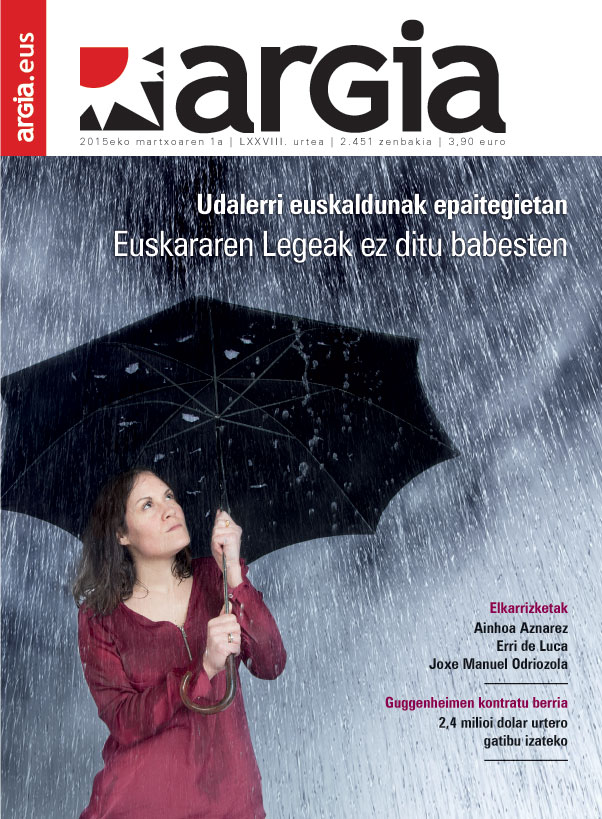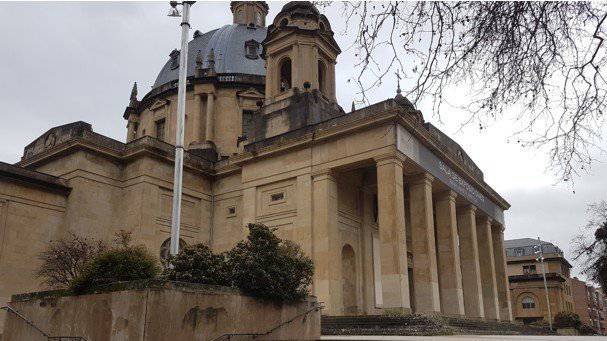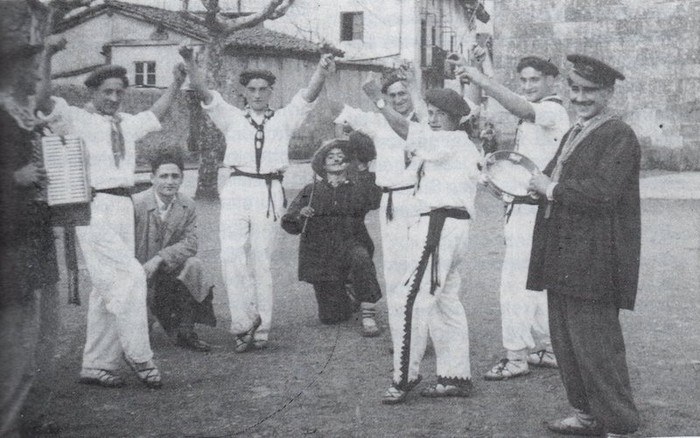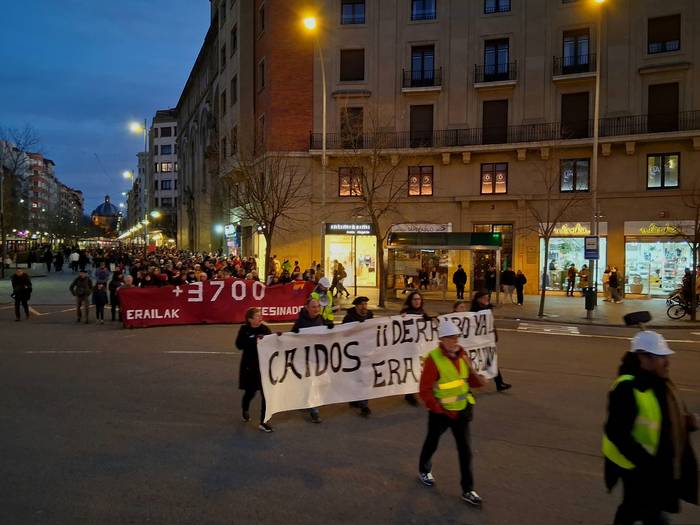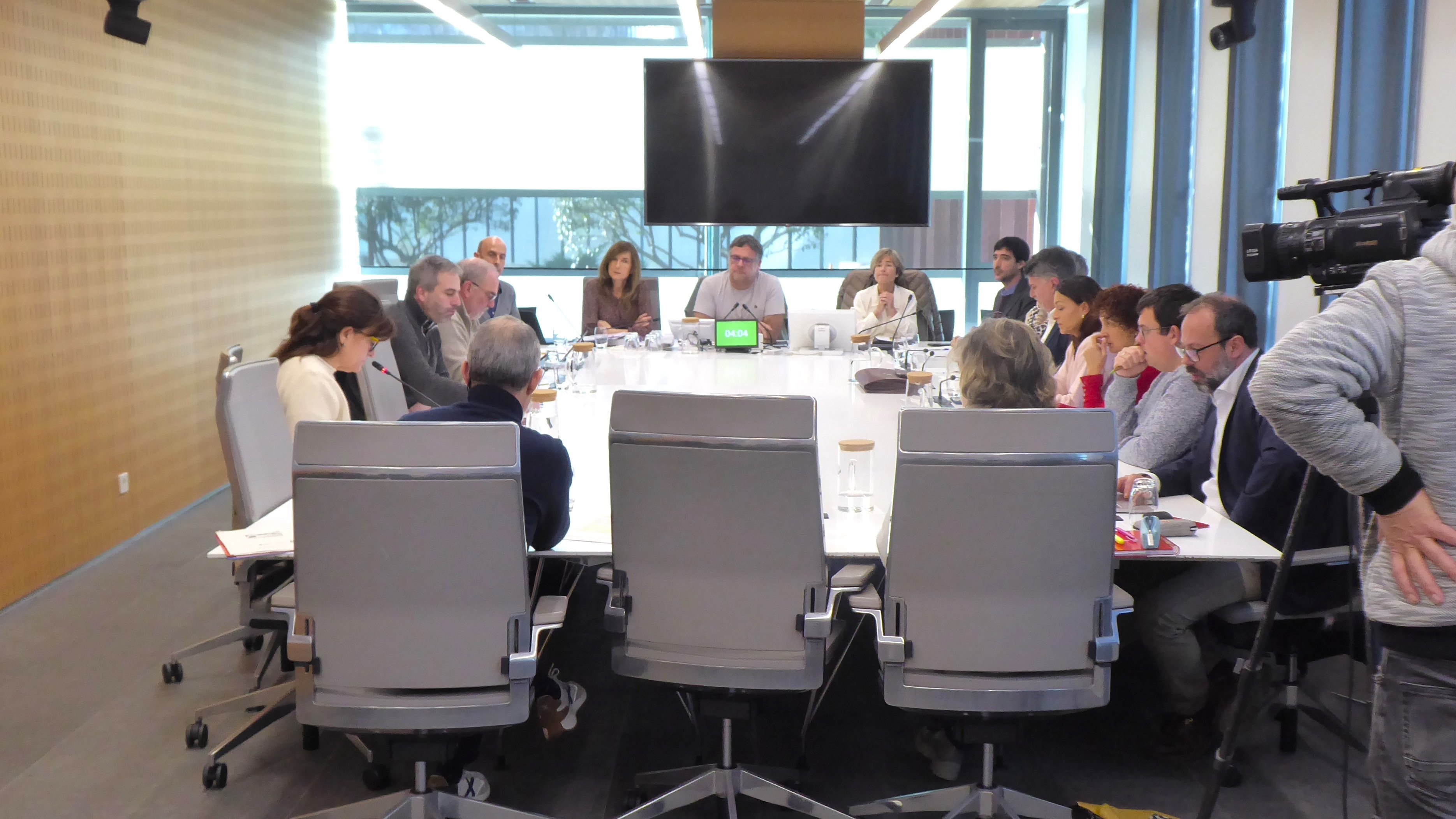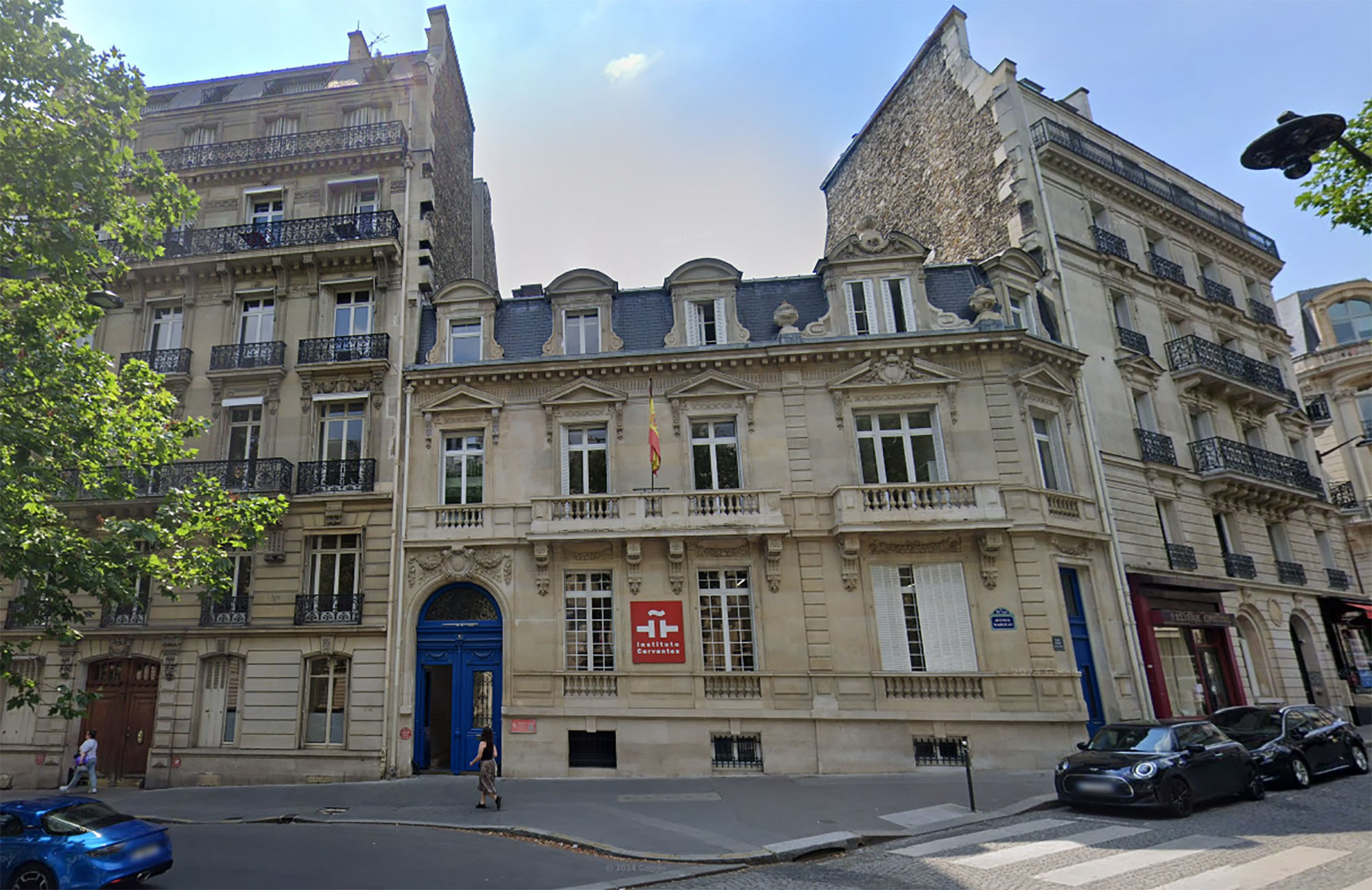The longest public works of all time: 26 centuries
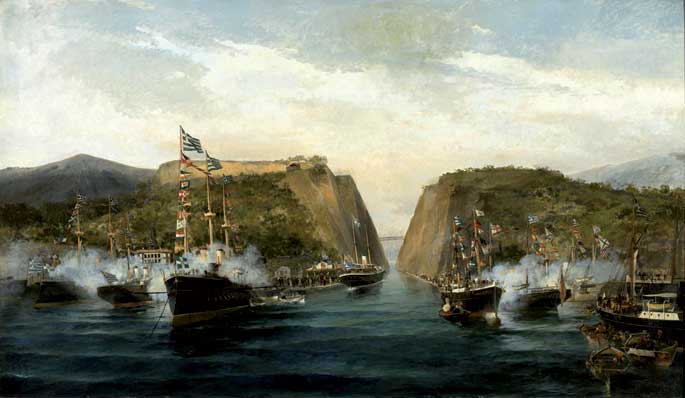
The Gulf of Corinth (Greece), in the fifteenth century 7th century. One of the Seven Sages of Greece, the second tyrant of Corinth Periandro, thought of uniting the Aegean Sea and the Gulf of Corinth through a channel to avoid the need to surround the Peloponnese peninsula. But when he realized that he didn't have the ability to overcome the technical difficulties, he built a stone ramp instead of a canal; today you can still see traces of the ramp next to the canal.
Periandro was not the only Greek who thought about building the canal. In the 15th century a. In the third century, Demetrius I of Macedonia also wanted to push the project forward. Then the Romans took the witness. Julius Caesar thought it advisable to build the canal in the new colony Laus Iulia Corinthiensis, also Calígula, but finally Nerón launched the project. - Oh, good! In the year 67, an emperor of destructive fame ordered the canal to be built in the isthmus of Corinth and sent 6,000 slaves to the work. As if it were a politician of our days, Neron even came to a kind of ceremony to start the works: He received a gold rush from the Greek governor and hit the first three.
However, that same year, when the Gali rebelled, the Revolt of Gaul attracted the attention of the emperor and probably much of the budget for the construction of the canal. However, Neron was killed a year after the beginning of the work, and the new emperor Galba suspended the work of the canal because it was too expensive.
It even began to spread the damn idea that most of the main promoters of the canal had been violently killed. Demetrius I, Julius Caesar, Calígula, Neron himself... The truth is that at that time, the percentage of high offices violently murdered was high, and this coincidence would have more to do with it than with some supposed curse on the project promoters. And yet, the project was forgotten for centuries.
In 1881, the expansion of the canal resumed, with the project of Ferdinand de Lesseps, also French, which developed the projects of the Suez and Panama canal, and led by the Hungarian engineer Istvan Türr. The canal opened twelve years later. Currently, the 6.3 kilometer line linking the Gulf of Corinth with the Aegean Sea is the same as that drawn in the Neron project.
Archaeologists have discovered more than 600 engraved stones at the Vasagård site in Denmark. According to the results of the data, dating back to 4,900 years ago, it is also known that a violent eruption of a volcano occurred in Alaska at that time. The effects of this... [+]
Vietnam, February 7, 1965. The U.S. Air Force first used napalma against the civilian population. It was not the first time that gelatinous gasoline was used. It began to be launched with bombs during World War II and, in Vietnam itself, it was used during the Indochina War in... [+]
I just saw a series from another sad detective. All the plots take place on a remote island in Scotland. You know how these fictions work: many dead, ordinary people but not so many, and the dark green landscape. This time it reminded me of a trip I made to the Scottish... [+]
Japan, 8th century. In the middle of the Nara Era they began to use the term furoshiki, but until the Edo Era (XVII-XIX. the 20th century) did not spread. Furoshiki is the art of collecting objects in ovens, but its etymology makes its origin clear: furo means bath and shiki... [+]









